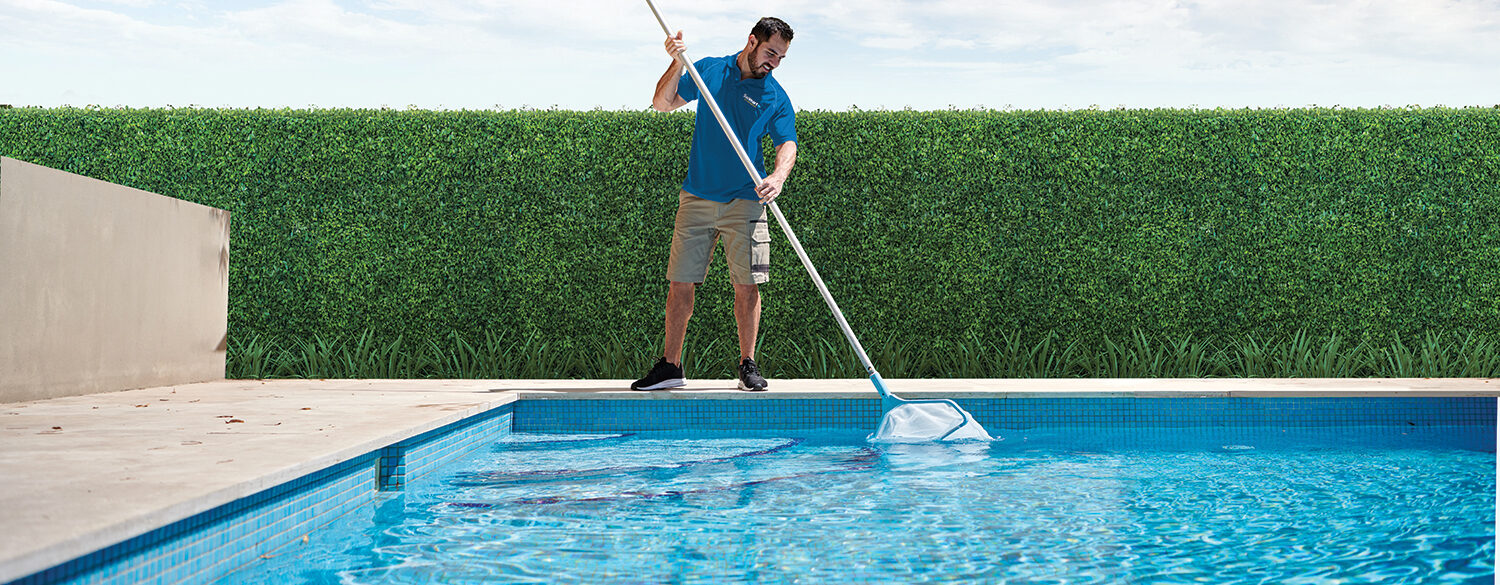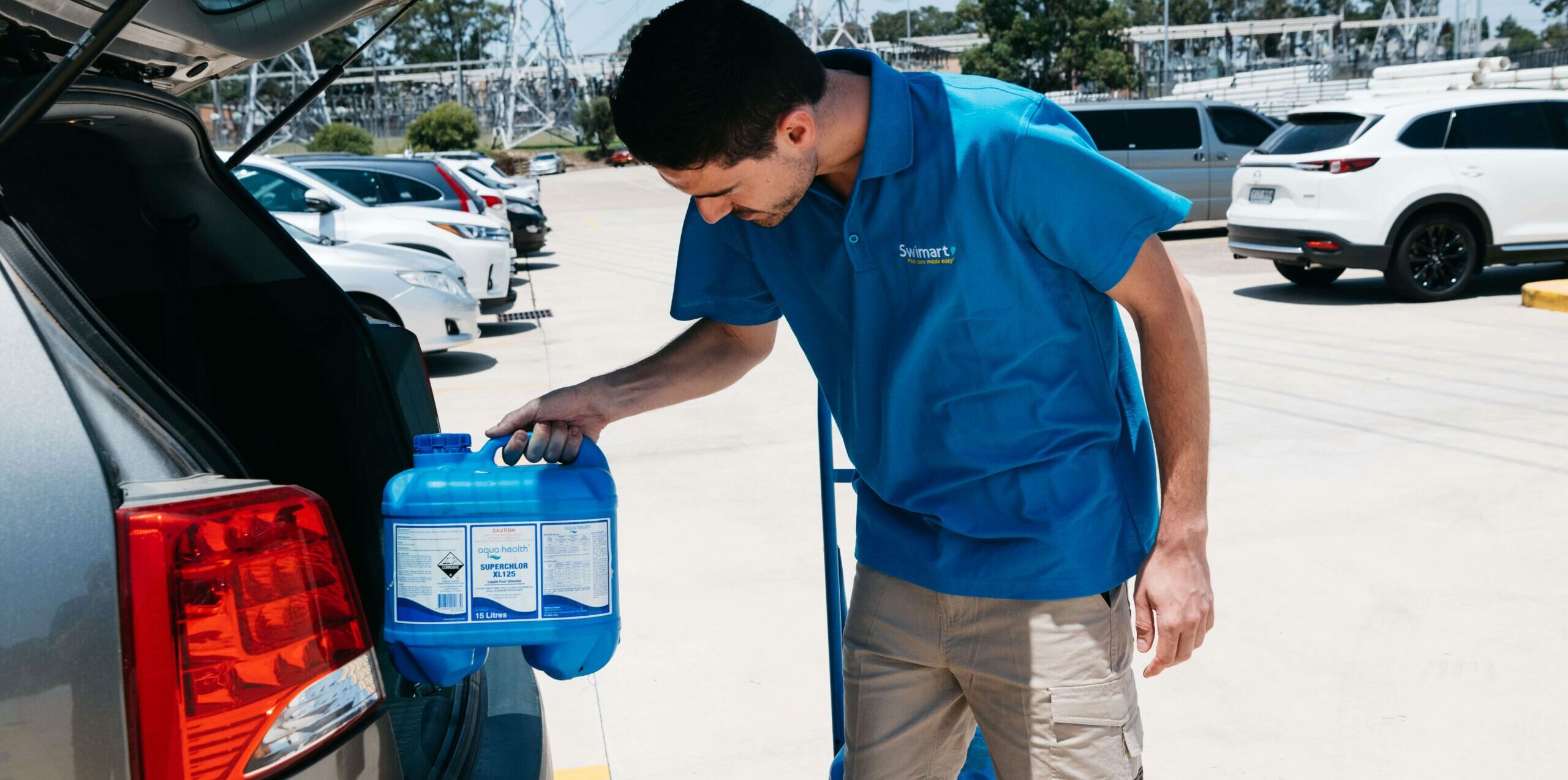DIY Tips
What happens when you empty a swimming pool (and why you should avoid it)
27 June 2017
With winter well and truly set in, it’s safe to say a lot of swimming pools around Australia are looking a little neglected. Prolonged periods of rain in some parts of the country have turned pool water from blue to grey, while mould and mildew is starting to invade pools which haven’t been vacuumed since they were last used.
While the thought of emptying your pool and starting again might seem tempting, the repercussions could mean more than an expensive water bill.
"Water acts as a stabiliser that weighs the pool down when it's in the ground, so when you take that water out, it could 'pop' out of the ground or cause the walls to cave in," explains Swimart Regional Franchise Manager, Peter Allen. "This does depend on a number of factors including the type of pool and ground water levels."
Draining or emptying your pool of water can create a number of financial and structural headaches, including:
- Cracking the pool's shell
- Damaging the interior lining or surface
- Damaging the pool's coping and surrounding paving or timber work
- Causing it to "float" due to hydrostatic pressure
- Damaging expensive in-floor cleaning systems
- Damaging pool lights
- Causing a safety hazard for people, pets and local wildlife
- Hefty fees if you're on a water metre
Regardless of what type of pool you own, the chances of it incurring some sort of damage once it is emptied of water is likely. For example:
- Above-ground vinyl liner – once drained, the liner can shrink and possibly tear when it's time to re-fill the pool, especially if it is an older liner
- In-ground concrete – while most of these pools are built structurally to withstand the weight of the soil that's around them when drained, high ground water levels can push the entire structure out of the ground
- Fibreglass – just like a fibreglass boat, fibreglass pools 'float' easily when emptied of water, which often requires them to be braced before being emptied
"Draining your pool should be the last resort, especially if your goal is to simply clean the pool and improve the quality of the water, which in most cases can be done with chemicals," says Peter.
What to do when you need to empty your pool
When the need to repair, re-surface, or re-line your pool requires it to be emptied of water, the best advice we can give you is DON'T DO IT YOURSELF!
"There are hydrostatic valves in the bottom of your pool, which in most cases will allow the ground water to seep into the pool once it's emptied and alleviated a bit of the pressure under the pool," Peter explains. "However, it really depends on the age of the pool as some of the older styles are more likely to be damaged than newer installations. My advice is, when in doubt, call Swimart."
While the thought of emptying dirty pool water and re-filling it with clean water from your hose is tempting, there are other, less risky, ways to get your pool back into peak swimming condition. If you take a water sample into your local Swimart store, we will be able to tell you exactly what you need to bring it back into balance – and it will be a lot cheaper than repairing cracked coping or replacing the liner. You can also call us on 1300 991 104 and we'll find a solution for you.


 AUS
AUS NZ
NZ 


